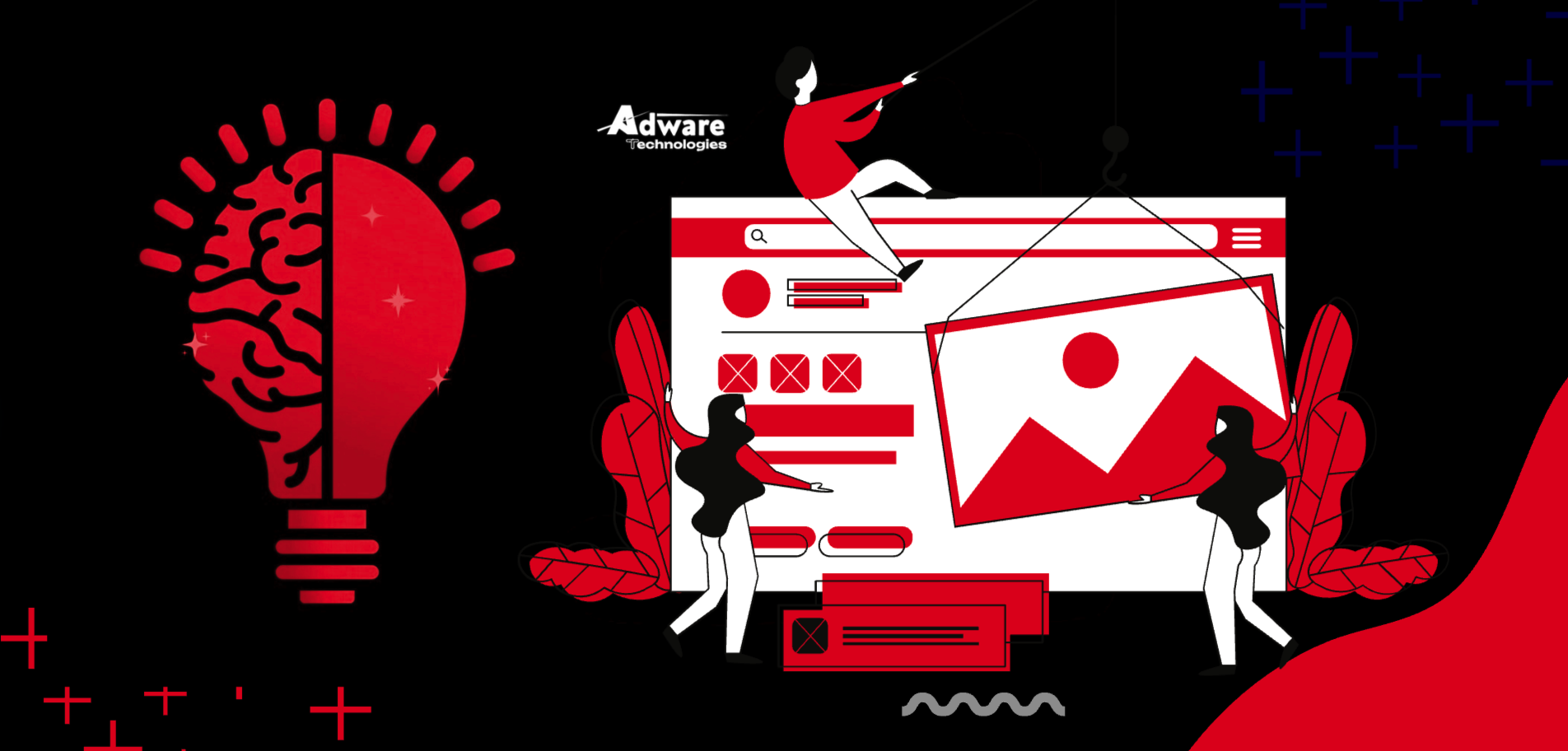When visitors land on your website, they make split-second decisions. Before they even read your headline or skim your content, their brain processes visual cues. Colors, typography, and layouts silently shape emotions, build trust, and guide behavior. This is where the psychology of web design steps in—helping brands transform digital spaces into conversion machines.
Design is not just about aesthetics. It is a language. A persuasive tool that influences how buyers perceive value, trust brands, and take action. Let’s dive deep into how colors, fonts, and layouts psychologically impact online buyers and how businesses can use these insights to maximize sales.
Why Psychology Matters in Web Design
Every click, scroll, or purchase decision online is influenced by human psychology. Our brains are wired to respond to visual signals much faster than text. In fact, studies show that users form an opinion about a website in just 50 milliseconds. That means your design choices either build trust instantly or push potential buyers away.
A strategically designed website does three things:
-
Captures attention – keeping users from bouncing off.
-
Builds credibility – making visitors feel safe and understood.
-
Guides decisions – leading them toward conversions with subtle cues.
The Psychology of Colors: More Than Just Aesthetic Appeal
Colors have a direct impact on human emotions and decision-making. Brands spend millions researching the perfect palette because the wrong color can repel buyers, while the right one can trigger trust, urgency, or excitement.
-
Red: Energy, passion, and urgency. Often used in clearance sales or “Buy Now” buttons because it stimulates quick action.
-
Blue: Stability, trust, and professionalism. Tech companies and banks use blue to instill confidence.
-
Green: Health, growth, and balance. Perfect for eco-friendly brands, wellness products, or finance apps.
-
Black: Luxury, sophistication, and exclusivity. Used by high-end fashion and lifestyle brands.
-
Orange & Yellow: Warmth, optimism, and friendliness. These encourage positivity but must be balanced, as too much may feel overwhelming.
When choosing colors, brands should consider cultural context too. For example, red signifies luck in China but danger in Western markets.
Pro tip: Use contrasting colors for call-to-action buttons to make them stand out without looking forced.
The Psychology of Fonts: Subtlety That Speaks Volumes
Typography may seem like a minor detail, but fonts affect how customers feel about your brand. Different typefaces evoke different perceptions:
-
Serif fonts (like Times New Roman): Tradition, reliability, and authority. Commonly used in print and professional industries.
-
Sans-serif fonts (like Helvetica): Modern, clean, and approachable. Popular for digital platforms because they’re easy to read on screens.
-
Script fonts: Creativity and elegance, though best used sparingly for highlights.
-
Bold typography: Demands attention and communicates strength or urgency.
A mismatched font can subconsciously signal that your business is unprofessional or outdated. A consistent font hierarchy—headline, subheadline, and body text—creates an effortless reading flow that guides buyers seamlessly through content.
Layouts and Visual Hierarchy: The Invisible Hand of Guidance
The structure of your website acts as a silent salesperson. A well-organized layout influences where the eyes move, what gets noticed first, and which path leads to conversions.
-
Visual hierarchy: Larger fonts and bold colors naturally pull attention first. Smart designers use this principle to highlight CTAs, special offers, or key messages.
-
Whitespace: Contrary to belief, empty space is powerful. It reduces clutter, improves readability, and makes important elements stand out.
-
F-pattern scanning: Users typically scan web pages in an F-shape—top left to right, then down the left side. Placing critical information along this pattern aligns with natural eye movement.
-
Mobile-first design: Since over half of traffic comes from smartphones, mobile-optimized layouts aren’t optional. Clean, responsive designs directly influence buyer trust.
How Design Psychology Boosts Conversions
Understanding human behavior allows businesses to build websites that not only look appealing but also convert visitors into loyal customers. Here’s how:
-
Trust signals through design: Clean layouts, professional fonts, and stable color schemes reduce skepticism and increase credibility.
-
Emotional triggers: Colors influence buying moods. Warm tones encourage impulse buying, while cooler tones foster rational decisions.
-
Guided decision-making: Strategic placements of CTAs, testimonials, and product visuals influence buyers without overwhelming them.
-
Consistency builds confidence: A uniform design across all pages reduces cognitive friction and strengthens brand recall.
Real-World Examples of Psychology in Action
-
When you land on Amazon, notice how your eyes instantly catch the bright orange “Add to Cart” button. That’s not by chance. Orange radiates positivity and urgency. It makes you feel like you should act now before you miss out. At the same time, calming blue shades in the checkout process tell you, “Relax, your money is safe here.” This clever mix of urgency and trust is why millions of people confidently shop on Amazon daily.
-
Apple’s website is a masterclass in simplicity. The clean black-and-white design creates an atmosphere of sophistication, almost like stepping into a luxury boutique. Black whispers exclusivity, while white conveys clarity and calmness. Together, they signal that Apple products aren’t just gadgets, they’re experiences for people who value elegance and innovation.
-
Coca-Cola has built its entire identity around red. Red sparks energy, passion, and excitement, the exact emotions of grabbing a Coke during celebrations or on a hot day. Over decades, this consistent use of color has transformed Coca-Cola into more than just a beverage; it’s become a symbol of joy and togetherness worldwide.
Tying Everything Together
When you step back and look at it, the psychology of web design is not just about creating something visually attractive. It is about shaping how people feel, think, and respond while moving through your website. Every color, font, and layout decision quietly works in the background, influencing emotions and guiding decisions in ways most visitors don’t even realize.
Think about it this way. The calmness of blue reassures a hesitant buyer, while the urgency of red can spark an immediate decision. A sleek serif font carries a sense of elegance and trust, while generous whitespace helps a visitor breathe and focus on what truly matters. None of these choices are random—they are deliberate signals that build trust, reduce friction, and invite action.
When these elements are thoughtfully combined, your website stops being a digital brochure and becomes a silent salesperson. It is no longer just decoration sitting on the internet. It becomes a strategy, a conversation, an experience that naturally pulls visitors closer to a purchase. This is where casual browsers begin to feel understood and, almost without realizing it, transform into loyal buyers.
If you want your website to not just look good but actually sell, it’s time to design with psychology in mind. Let’s build you a website that speaks to your buyers’ minds and hearts. Get in touch with us today and let’s turn your website into your most powerful conversion tool.




Comments (0)